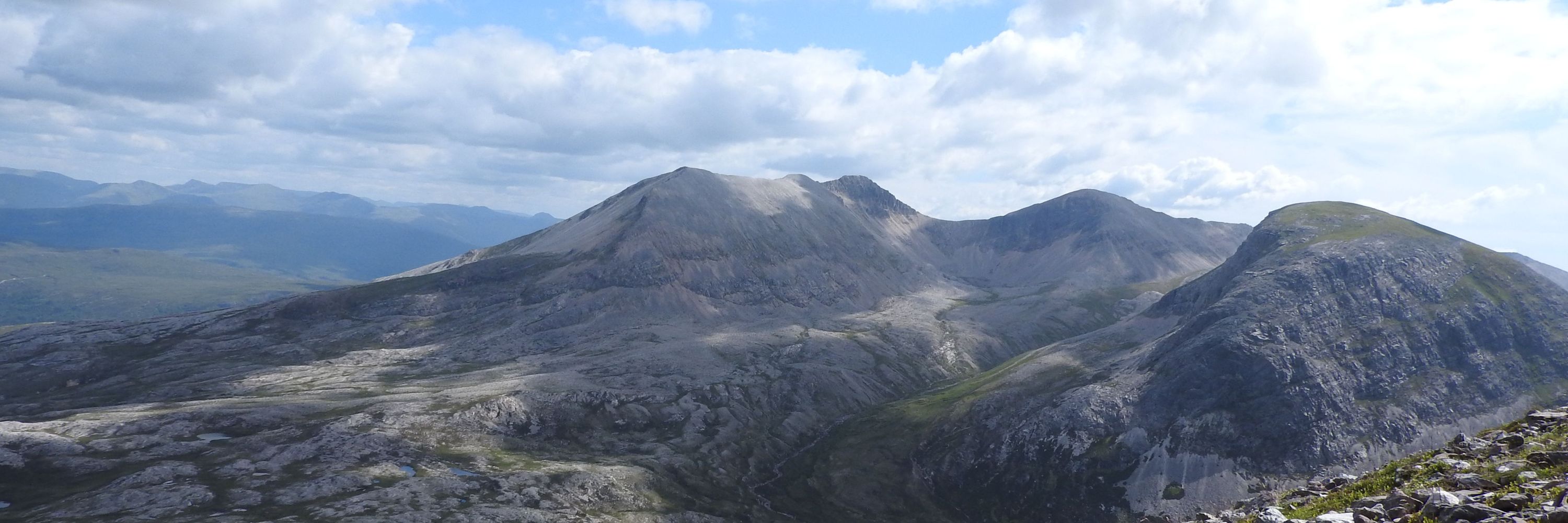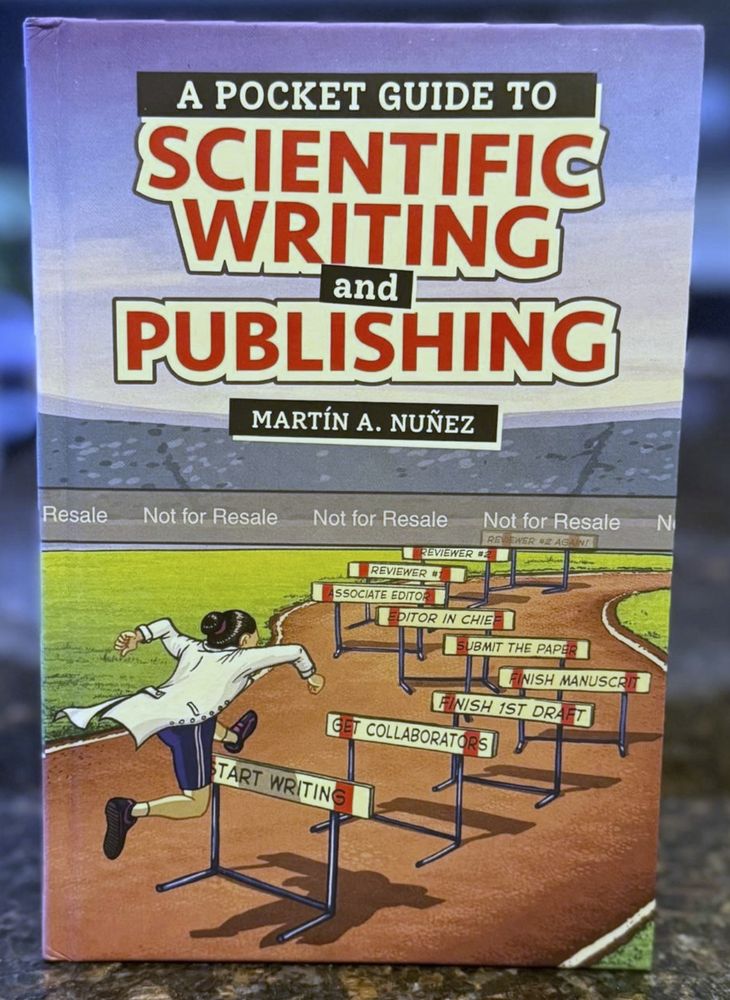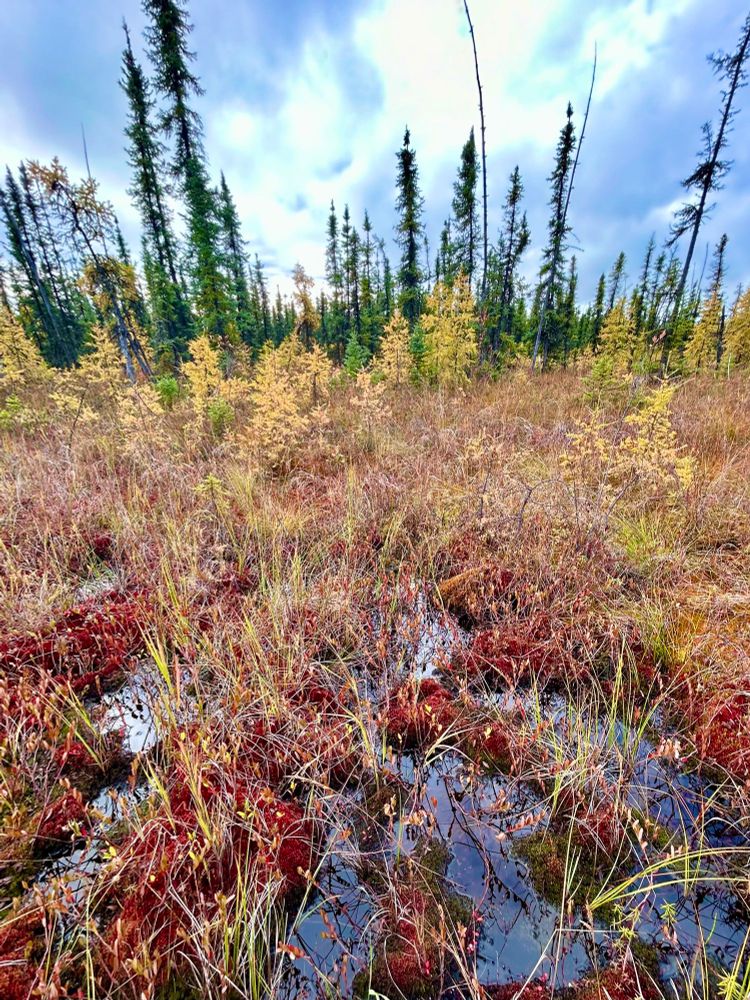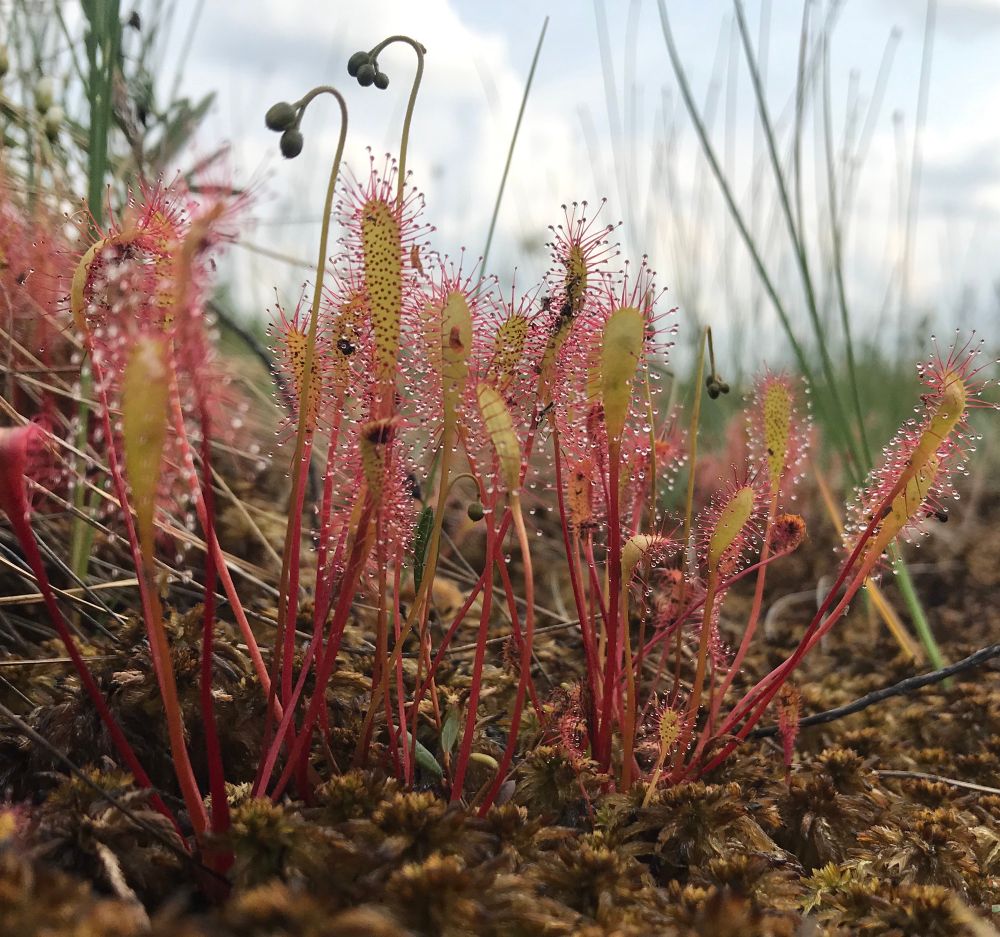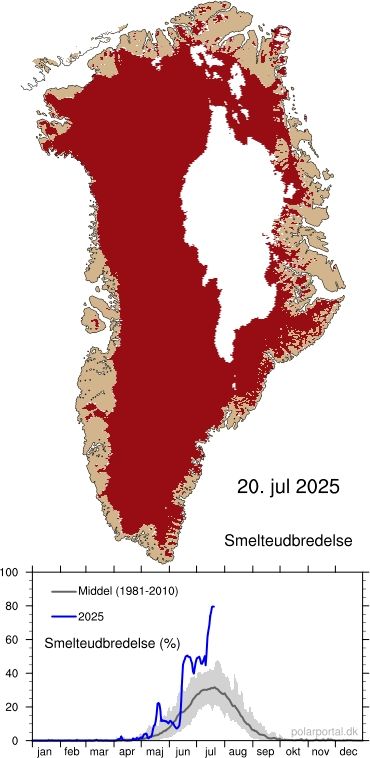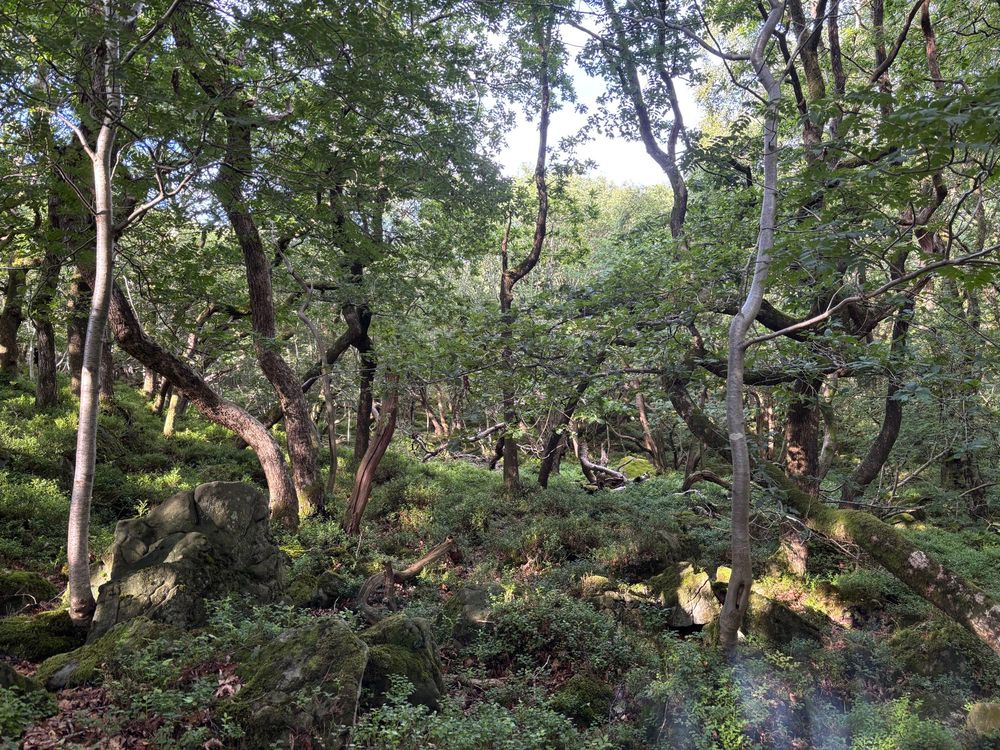Functional Ecology Lab at Uni. York, UK
@func-ecol-lab.bsky.social
200 followers
220 following
82 posts
Research group at the University of York, UK, focussing on functional ecology of terrestrial systems. Working on soil microbial and mesofaunal ecology, biogeochemistry, and the ecology of cryptogams, mainly in alpine, wetland, and forest ecosystems
Posts
Media
Videos
Starter Packs
Reposted by Functional Ecology Lab at Uni. York, UK
Reposted by Functional Ecology Lab at Uni. York, UK
Reposted by Functional Ecology Lab at Uni. York, UK
Reposted by Functional Ecology Lab at Uni. York, UK
Reposted by Functional Ecology Lab at Uni. York, UK
Reposted by Functional Ecology Lab at Uni. York, UK
Reposted by Functional Ecology Lab at Uni. York, UK
Fay
@fayvoller.bsky.social
· Jun 9

PhD Scholarship - Microbial Communities and Soil Health in Restoring Grasslands at Edge Hill University on FindAPhD.com
PhD Project - PhD Scholarship - Microbial Communities and Soil Health in Restoring Grasslands at Edge Hill University, listed on FindAPhD.com
www.findaphd.com
